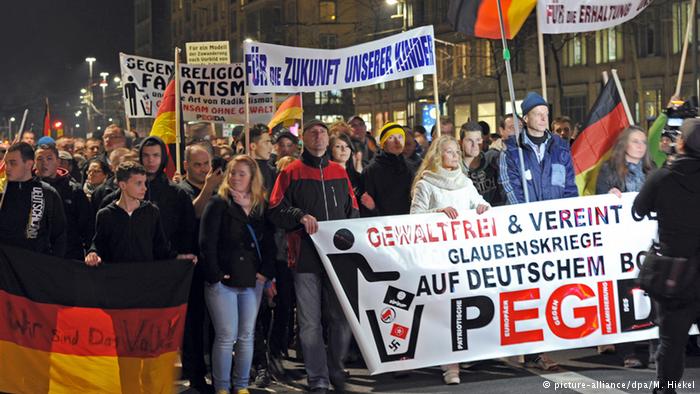
Posters with slogans like “Foreigners out!” are absent at the weekly demonstrations by the group “Patriotic Europeans against the Islamization of the West.” Instead, the group known in Germany by its acronym PEGIDA is trying to paint a more friendly picture by drawing on the German flag, slogans like “We are the people” and Monday marches intended to recall the Monday demonstrations that preceded the fall of the East German government 25 years ago.
PEGIDA’s professionally designed banners are vague: “For the preservation of our culture” – “Against religious fanaticism” – “Against religious wars on German soil.” The organizers distance themselves from right-wing extremism, speak of “Judeo-Christian Western culture” and differentiate between Islam and Islamism, between “war refugees” and “economic refugees,” the latter a reference to perceived “benefits shopping” by Eastern European immigrants.
And yet, it’s possible to read between the lines. For at least some participants, “Islamist” likely means Muslim, and “economic refugee” is conflated with refugees in general.
The group’s approach has been successful. Though the Dresden-based organization’s first march in October drew just a few hundred, last Monday’s (01.12.2014) brought 7,500.
Left Party politician Kerstin Köditz has already sounded the alarm that notorious Nazis, hooligans and punks are among the demonstrators. But they are mixing with less politically extreme citizens, who are fearful of “Islamic State” terror or new refugee homes popping up near their own residences. “So, it’s a conglomeration of carriers of racist ideologies and concerned citizens, who are radicalized in the process,” said Köditz, the Left’s speaker on anti-fascist politics in Saxony’s state parliament.
Other cities, meanwhile, are trying to copy the concept – with mixed results. An Islamophobic demonstration in Chemnitz attracted about 400 people in late November, but an equal number of counter-demonstrators also turned up. In Kassel last Monday, 80 demonstrators were stopped in their tracks by 500 counter-demonstrators. Kassel now has its own “KAGIDA” Facebook page, as do Bonn, Darmstadt and numerous other cities. While it’s easy to set up a Facebook page, it’s not yet clear whether the Dresden concept can be mobilized in other cities.
Dresden’s case is unique: No known neo-nazi bodies preceded PEGIDA. Its organizers were previously of no political import, says Danilo Starosta of Saxony’s cultural affairs office, which monitors the right-wing scene in Dresden. He says those they mobilized were simply in the immediate vicinity. “These are small business owners and people living hand-to-mouth – the little man and the little woman, if you will,” he told DW. Only in the weeks following the initial demonstrations, he says, did PEGIDA draw the better-organized neo-Nazis.
Andreas Zick, who directs a conflict and violence research institute in the western German city of Bielefeld, says he believes it’s no coincidence that the new movement was formed in Dresden, where neo-Nazi marches once took place on the anniversary of the city’s bombing toward the close of the Second World War.
“They’ve been fought back successfully,” Zick told DW. “Now, a populist, right-wing movement has formed that’s far more difficult to protest against, since they’re less vulnerable to extremist labels. Though a counter-demonstration last Monday succeeded in stopping Dresden’s PEGIDA demonstration, counter-demonstrators were the minority, numbering just a thousand.”
Many institutions and organizations affiliated with PEGIDA hope to change that. Next Monday, they’re planning a large protest march through Dresden.
Each year, Zick’s institute conducts a large study on how common hostility is toward various minorities. “While it’s clear that right-wing extremists are retreating,” he says, “At the same time, there are quite stable groups – this is the well-to-do middle class – who strongly oppose immigration and whose default setting is chauvinistic.”
The PEGIDA movement, according to Zick, has the potential to spread nationwide, since the group’s fodder already exists: About one in four in Germany are susceptible to populist ideas, he says.

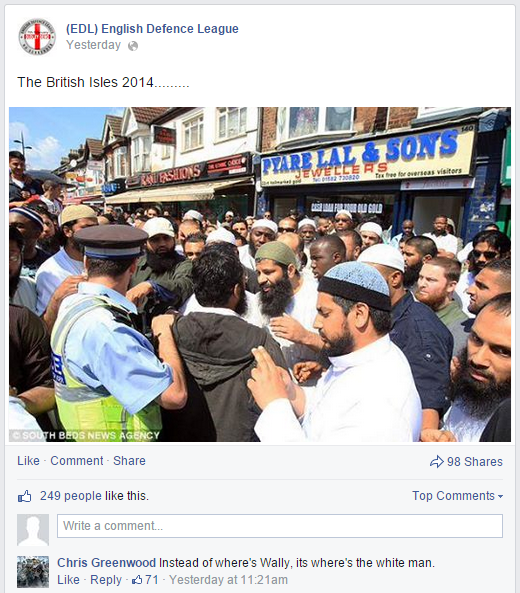
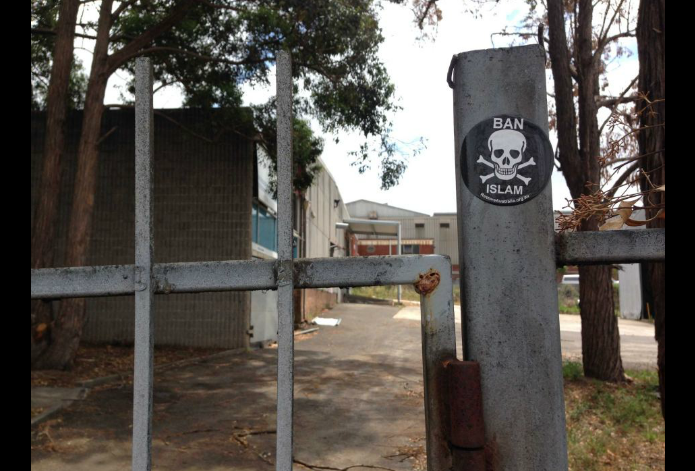
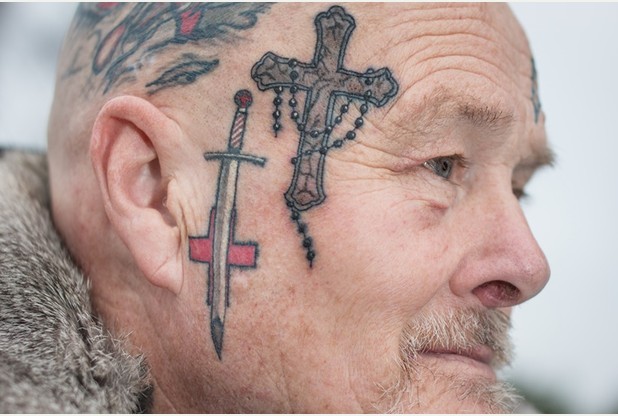 Angry about the Islamic State mass murders and beheadings he had seen in the news, a man took out his fury on an Islamic Community Centre at Carnon Downs, sending grossly offensive cards there which he had smeared with his dog’s faeces.
Angry about the Islamic State mass murders and beheadings he had seen in the news, a man took out his fury on an Islamic Community Centre at Carnon Downs, sending grossly offensive cards there which he had smeared with his dog’s faeces. A group calling themselves
A group calling themselves 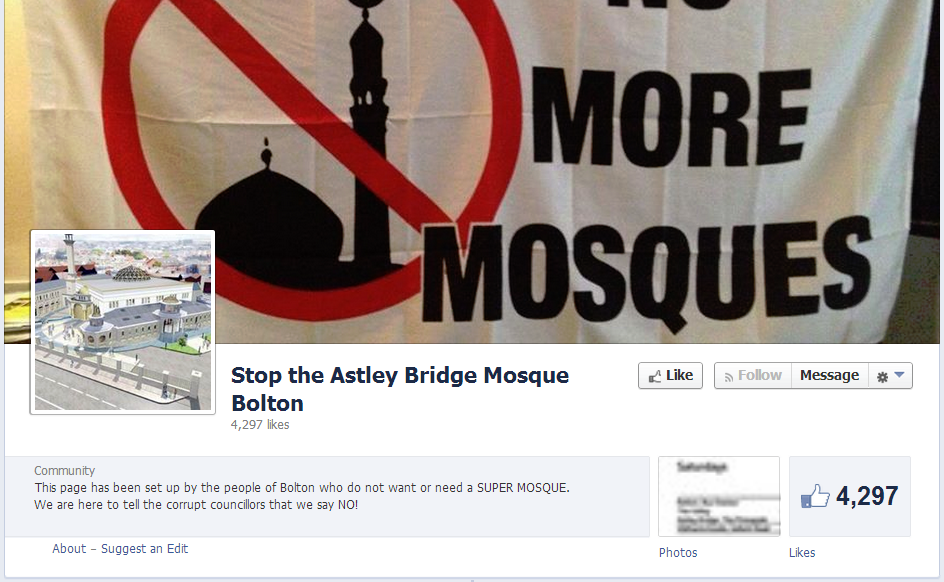
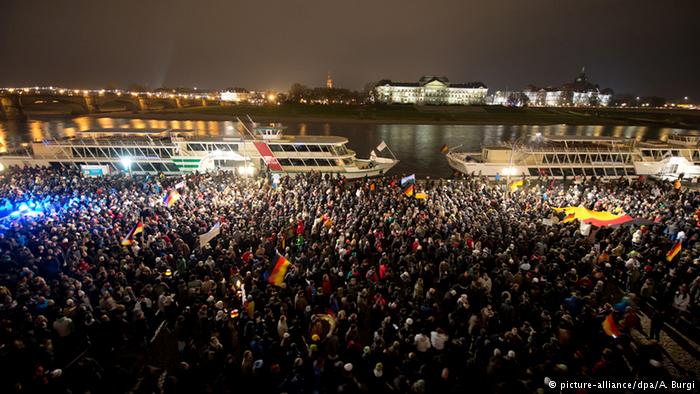
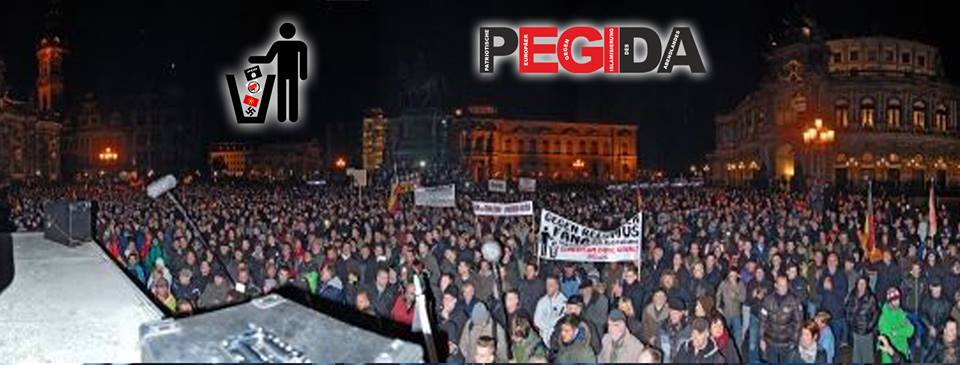
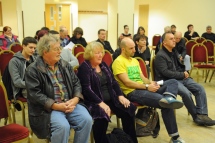 You’re not welcome here – that was is the message to Ukip from a newly-formed coalition. Last night, around 40 members of various political parties and concerned residents met to discuss ways they could fight what they describe as a ‘racist’ party. Three police officers manned the doors of the meeting in Southsea.
You’re not welcome here – that was is the message to Ukip from a newly-formed coalition. Last night, around 40 members of various political parties and concerned residents met to discuss ways they could fight what they describe as a ‘racist’ party. Three police officers manned the doors of the meeting in Southsea.